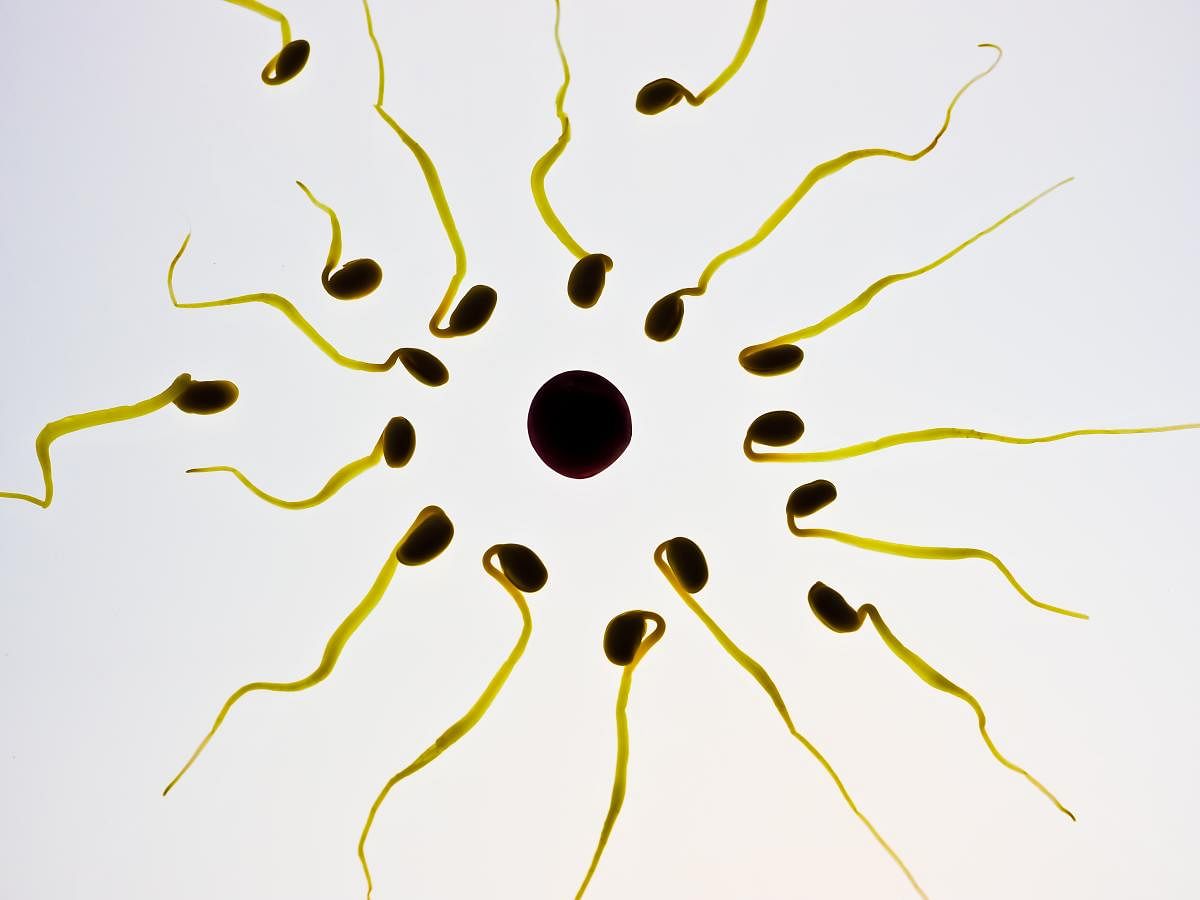
With pandemic-related employment losses and curtailed options for singles to find partners, egg freezing may appear to be a realistic alternative for preserving fertility. But how frequently do these frozen eggs turn into a bundle of joy? Not often. Not every woman who wants to become a mother has an easy road to motherhood. However, knowing your egg quality, number, and ovarian function will allow you to make more educated judgements.
Until recently, it was largely used for women enduring chemotherapy or radiation for diseases such as cancer, the therapies which might interfere with fertility.
However, the debate has now shifted to the more contentious subject of women with no medical difficulties electing to freeze their eggs as a reproductive option — thus putting parenting “on hold” until they are ready.
What exactly is egg freezing?
Egg freezing, also known as oocyte cryopreservation or OC, is injecting ovary-stimulating medicine to create as many mature eggs (oocytes) as feasible for removal and storage.
Doctors remove eggs using ultrasound guidance, then freeze and preserve them (a process known as cryobanking) until ready to conceive.
When that day arrives, specialists thaw your eggs, fertilise them with your partner’s (or donor’s) sperm, and transfer one or more embryos into your uterus during an in-vitro fertilisation (IVF) cycle.
Who should go in for egg freezing?
Previously, egg freezing was reserved for women undergoing cancer treatment or whose fertility had been affected due to endometriosis, polycystic ovarian syndrome (PCOS), or early menopause.
It’s also a possibility for women who aren’t ready to get pregnant right now but want to increase their chances of having a biologically related child later on, with the goal of taking advantage of their fertility before it begins to diminish.
How does the freezing of eggs work?
To freeze your eggs, you must go through the same hormone injection procedure as in-vitro fertilisation.
It appears to be as follows: At the start of your menstrual cycle, injectable hormones will encourage your ovaries to generate as many eggs as possible (as opposed to the one mature egg you ordinarily produce each month).
Ultrasounds and blood tests are used to check egg development.
Once the egg follicles have matured, physicians will extract them using a transvaginal operation.
Embryologists flash-freeze, or vitrify, your eggs immediately after retrieval and keep them until you’re ready to get pregnant.
The professional acknowledgement of oocyte cryopreservation’s non-experimental status is a significant step in the history of assisted reproduction. With an already established matrix of rules and practices for assisted reproductive technologies (ART), egg freezing will create new problems about who owns and disposes of preserved eggs.
The technique will also significantly increase reproductive independence, particularly for women undergoing cancer treatment, seeking an egg donor, or hoping to protect fertility against the ravages of time.
Those who claim that the field is underregulated will discover a type of counterexample. At the very least, it provides freezer parity for male and female gametes.
Empowerment via reproductive technology is typically a two-edged sword. Egg freezing is no different. While it does empower women in certain ways, it also causes unwelcome pressure and isolation in others.
The egg merchants and entrepreneurs who have risen to satisfy — and create — market demand for egg freezing may benefit the most.
(The author is an obstetrician-gynaecologist.)